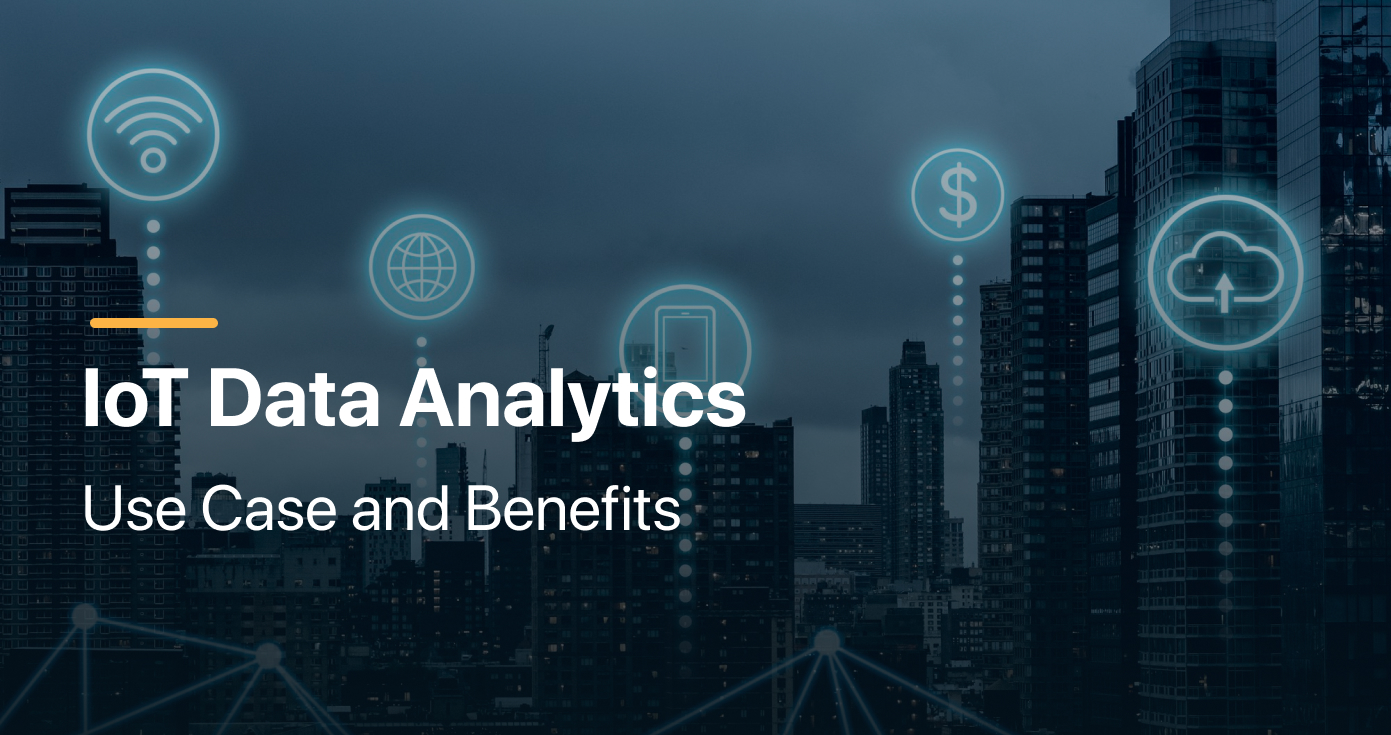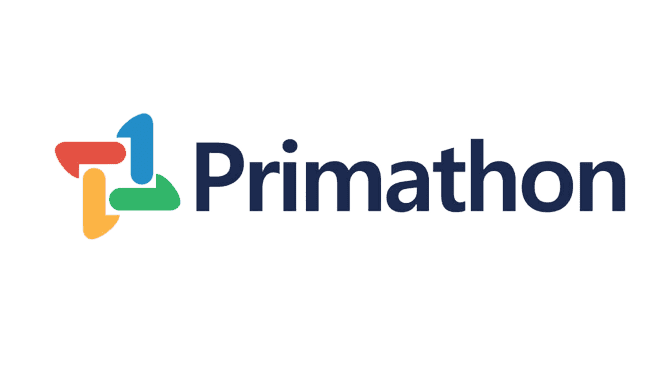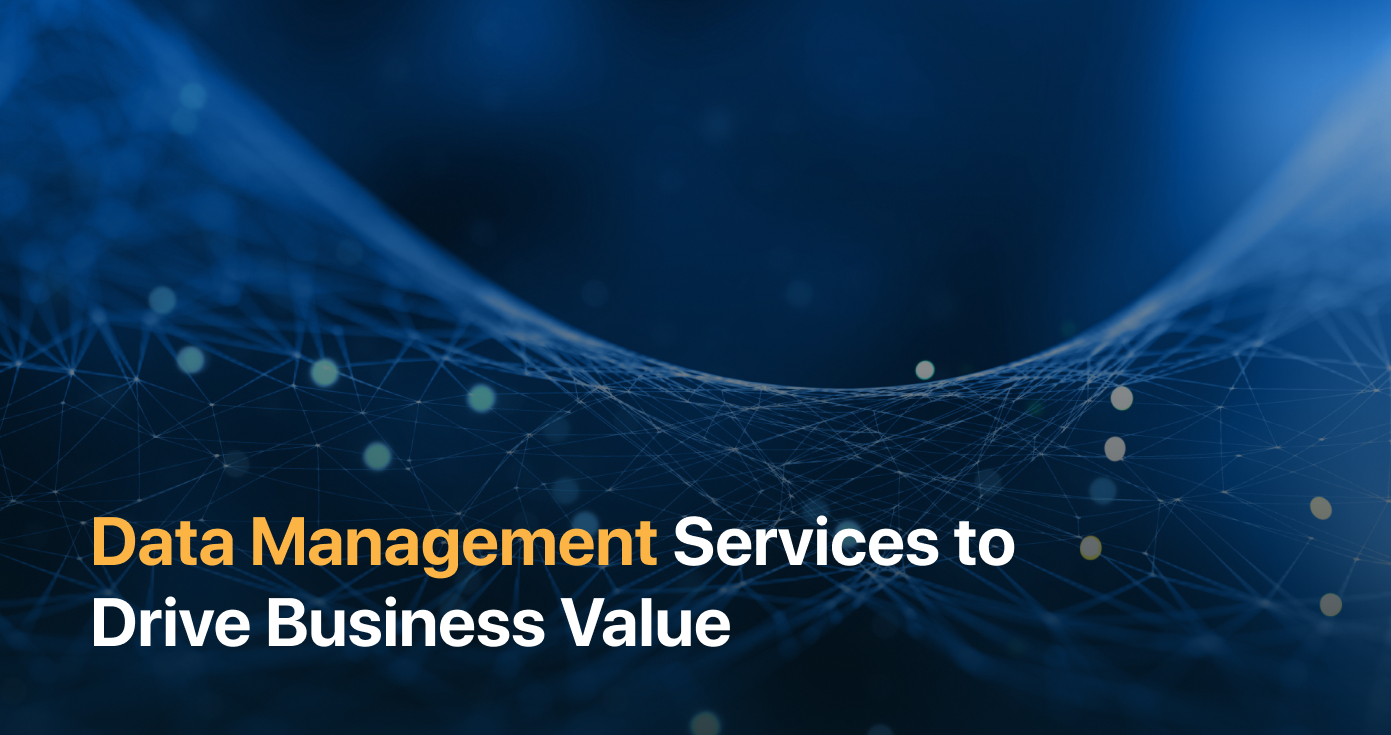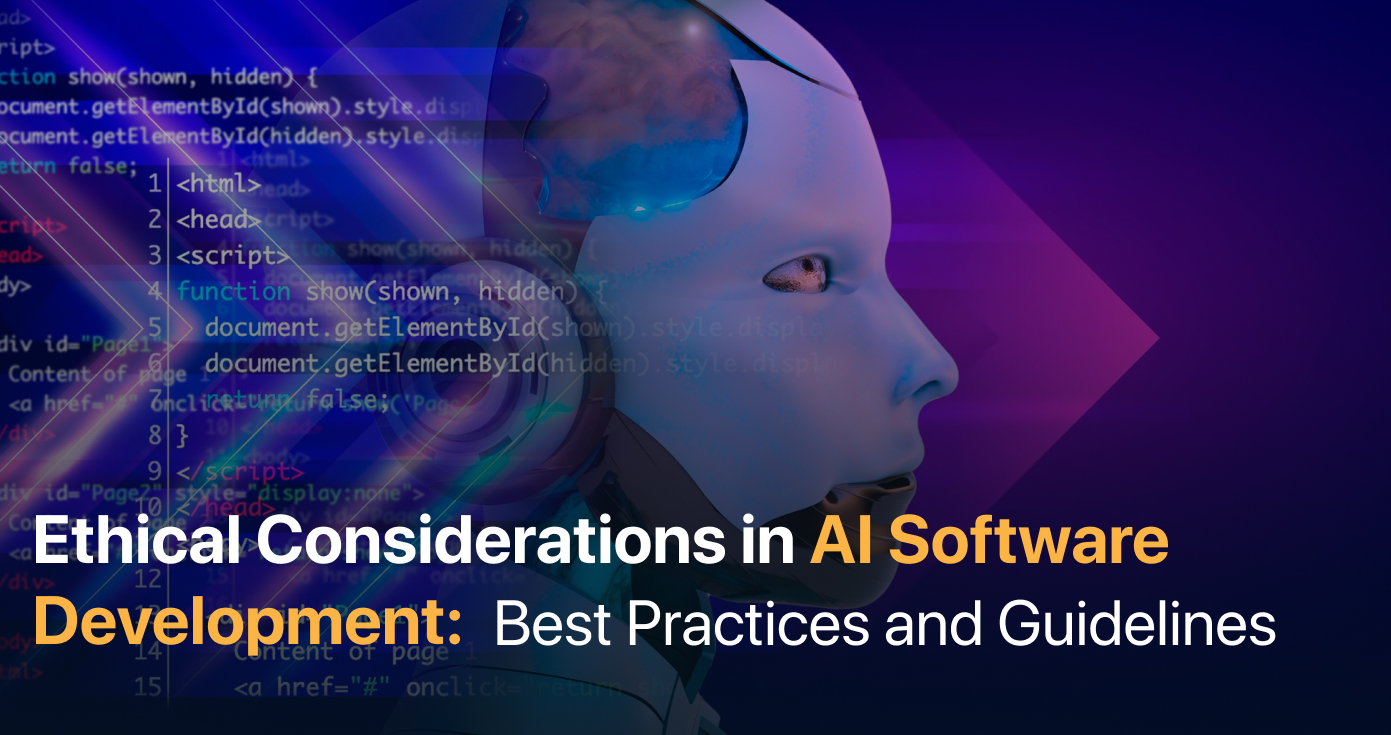
IoT Data Analytics: Use Case and Benefits
In the grand paradigm of technology, the term ‘Internet of Things’ has taken its place and marked its seeds in multiple industries to change the world like never before. The core of this revolution is IoT data analytics, a tool that uses potentially limitless streams of data gathered by Internet-solvable devices for better efficiency or creating new products, services, and more.
This article is about data analytics IoT, hence providing a strategic vision of the multiple applications and use cases of IoT and the gains it brings to the market and to societies. These applications range from improving organizational efficiency through operation optimization, eye-catching clients by improving their experiences, embracing innovation such as intelligent maintenance via predictive maintenance, and embracing sustainable growth through analytics.
What is IoT Data Analytics?
Internet of Things data analytics in this context therefore relate to the collection, transformation, and analysis of data from Internet of Things devices. Accompanying drug delivery devices are incorporated with sensors and iterative systems that can sample data across the internet. This process of analyzing the voluminous data flow generated by the interconnected IoT devices is referred to as IoT data analytics.
The major fields of IoT analytics include business, politics, economics, and technology, looking for underlying patterns that can help make better decisions, streamline operations, increase effectiveness, and foster innovation across sectors. It may include activities like pattern recognition, analysis, detecting anomalies, correlations, and anything else that could be useful from the information extracted from the data.
There are generally five main steps in doing IoT data analytics:
Data acquisition, data management, data processing, analysis, and data presentation. Machine learning, artificial intelligence, and big data are the analytical methods used in parallel with IoT to discover significant patterns out of the collected data. IoT data analytics represents a central component within the proper exploitation of the IoT paradigm since it provides meaningful insights to convert raw data into positive changes by realizing productivity gains, cost efficiencies, and competitiveness for enterprises and institutions.
Use Cases of IoT data Analytics:
Here are succinct descriptions of use cases IoT data analytics:
- Smart Manufacturing: Regarding the case of manufacturing equipment in the IoT environment, data analysis from sensors enables improvements in production processes as well as failure prediction and an eventual reduction in downtime.
- Smart Cities: Smart city IoT sensors enhance traffic flow and control, public services, and efficient energy use while overall enhancing the standards of life in cities.
- Healthcare Monitoring: Smart clothing and biosensors for the patients keep monitoring their conditions, identifying the necessary interventions at an early stage, and providing individual approaches in the treatment processes.
- Supply Chain Management: Within IoT applications, shipments are monitored by using sensors to monitor the quality of products, minimize losses, and increase effectiveness and productivity within the supply chain.
- Smart Agriculture: A successful example of smart agriculture is in field sensors that assess the conditions of the soil and the crops and teach the farmers when to water, use pesticides, and harvest to enhance productivity and a healthy environment.
- Energy Management: Smart technologies in buildings bring about the efficient use of energy, increased utility, and decreased waste through the application of various analytical and machine learning techniques.
Here, we have reviewed just a few areas where IoT data analytics could be applied to varied industries for practical uses such as increased performance or simply better decision-making. The application scenarios of IoT data analysis are also still growing with the development of new technologies and the increasing efforts of different organizations to explore and apply the opportunities of IoT and data analysis technologies.
7 Key Benefits of IoT Analytics:
The benefits of IoT data analytics are numerous and impactful.
- Improved Decision Making: The processed information generated from IoT analytics equips organizations with important information to make sound decisions and plan efficiently.
- Enhanced Efficiency: Through continual analytics of the information flow in IoT, companies are capable of saving on time, costs, and other resources available, thus enhancing the output in the process.
- Cost Savings: By leveraging IoT analytics, businesses gain insights on how to reduce costs, for instance, regarding energy when using the equipment, determining when equipment is likely to fail or need a replacement, and stock management.
- Predictive Maintenance: These finishing projects make use of IoT data that helps an organization anticipate that a certain piece of equipment may experience some failure after some time, thus organizing for maintenance and preventing equipment from experiencing huge downtime.
- Improved Customer Experience: IoT information can be used to provide clients with improved and more compelling products, services, and experiences due to efficient data analysis regarding their current behavior patterns.
- Innovation and Product Development: Information retrieved from IoT also has the potential to offer insights in matters of innovation and product development since it is effective at revealing what direction the market is heading, what consumers want, and what is lacking in the current products available in the market.
- Enhanced Safety and Security: Identifying and Addressing Safety and Security Concerns The analysis of IoT data can make it possible to learn about potential hazards in the environment as well as identify changes occurring in the surroundings, such as temperature fluctuations and invasions of privacy.
Conclusion
In conclusion, it can be stated that the analyzed findings confirm the idea of transforming the power of IoT data analytics for organizations irrespective of the field of their activity due to its positive impact on the improvement of their efficiency, the introduction of innovations, and, as a result, increased competitiveness. Smart technology and big data processing allow one to understand the technology behind them as well as how they can improve a company in terms of how it operates. Everything from specific product solutions that result in cost reduction and process improvement in manufacturing to customer segmentation and loyalty programs, and even sustainable solutions, are part of the goals that can be achieved through IoT data analytics.





